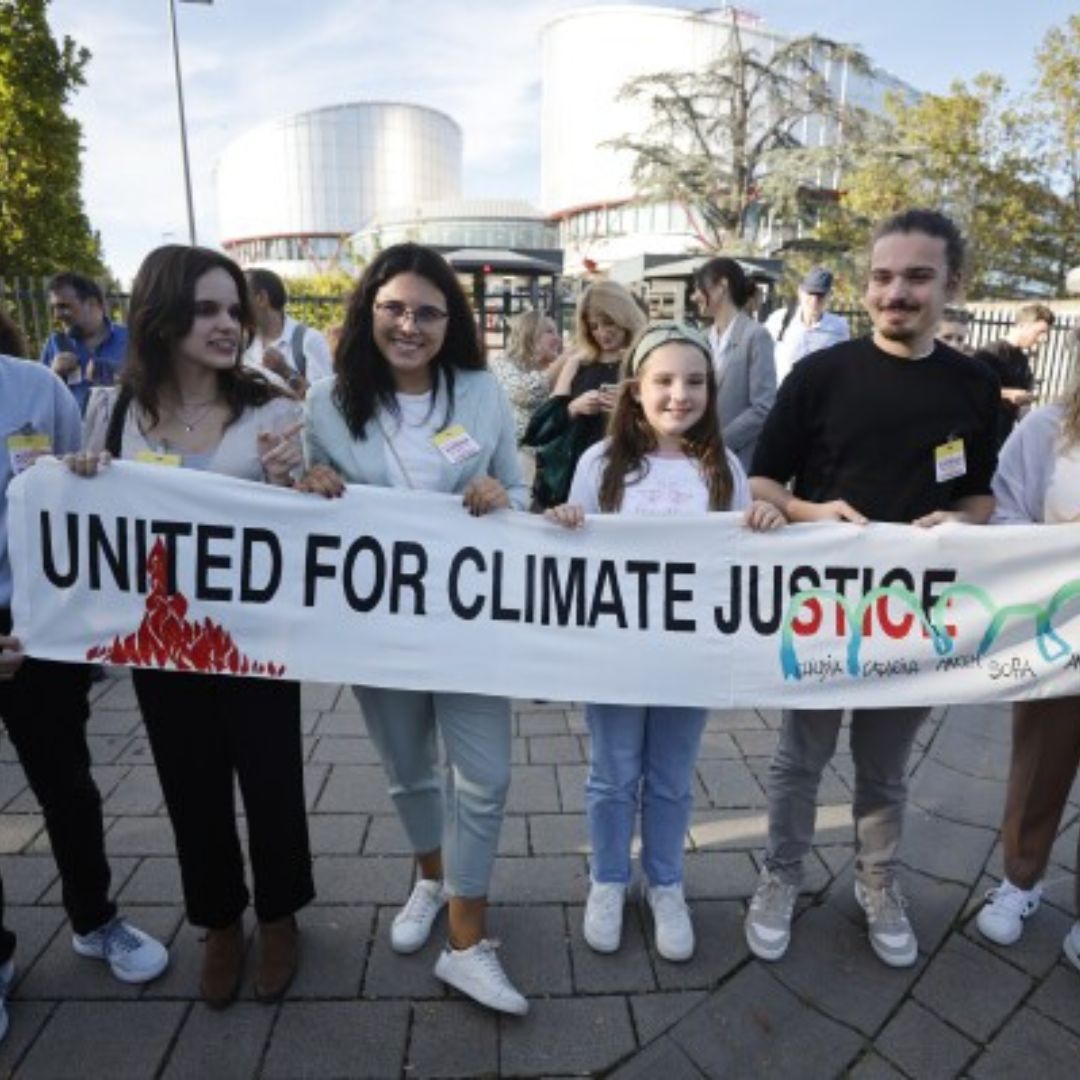It has been confirmed that the summer of 2023 in the Northern hemisphere was hottest in the last 2,000 years. The UN’s climate body has said that the last time the Earth was continuously this warm may have been more than 100.000 years ago.

Get Know everything about Inventions & Discoveries, Buy This Amazing Inventions & Discoveries Flashcards.
The experts looked at deep sea sediments and ice cores to determine this. They also looked at tree rings for valuable insights about climate. Tree rings not only show the tree’s age, but also record detailed information about the state of the climate each year as the tree grows. Scientists reviewed living specimens and fossils, from the European Alps to the Russian Altai mountains.
They studied trees living at altitude, where the impact of summer growth would be most clearly felt. In such places, ringe are usually wider in warmer years when there is more growth and thinner in colder years. This long term Tree ring record along with modern temperature data has shown that: Summer of 2023 was 2.07°C warmer than the “pre-industrial” period of 1850-1900. Compared with the coldest summer in the record which was the year 536, last summer was 3.93°C warmer.

How is Global Warming Tracked?
Presently, global warming is tracked by comparing temperatures to the “pre-industrial era”, before humans started burning large amounts of fossil fuels. This time period is widely defined as the period between 1850 to 1900.
Watch Full Video On, Everything You Need To Know About Heat Waves



